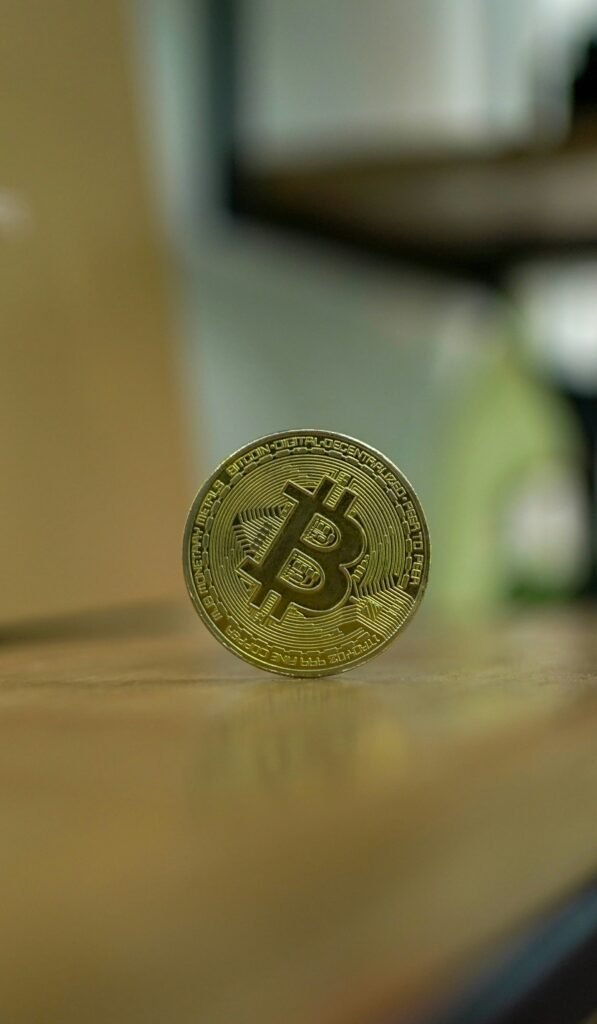Introduction
Kindly MD Bitcoin treasury transition and stock price drop hit markets after an SEC filing and a blunt CEO letter. Who acted: CEO David Bailey and management at Kindly MD, now merging with Nakamoto Holdings. What happened: the SEC approval of an S-3 registration allowed previously restricted shares from a $200 million PIPE to trade, and shares plunged roughly 54%. When and where: the move followed the S-3 filing on September 12 and played out in U.S. capital markets. Why it matters: the shift to a Bitcoin treasury model creates volatility and forces short-term investors to exit. How it unfolded: the registration increased liquidity, Bailey urged sellers to leave, and the market repriced the firm amid uncertainty.
What happened
The Kindly MD Bitcoin treasury transition and stock price drop came after the SEC approval unlocked restricted shares. The S-3 registration and PIPE mechanics meant more free-floating stock hit exchanges. Management framed the merger with Nakamoto Holdings as a long-term Bitcoin treasury strategy. But investors focused on immediate dilution and volatility, pushing the share price down.
Market reaction
After David Bailey’s letter urging short-term investors to exit, trading volume spiked and the Kindly MD Bitcoin treasury transition and stock price drop accelerated. Market participants debated whether the company was building a Bitcoin-native institution or risking shareholder value. The mismatch between the company’s Bitcoin holdings and market cap widened, a familiar scene when firms pivot their balance sheets toward cryptocurrency.
Regulatory mechanics
The SEC approval, S-3 registration, and PIPE release were legal triggers. The Kindly MD Bitcoin treasury transition and stock price drop highlights how capital markets and regulatory filings can reshape crypto-focused corporate events. Companies building treasuries must balance transparency, lockups, and messaging to avoid panic.
Context and comparisons
Other corporate Bitcoin treasury moves have drawn attention; for example, corporate buying has influenced markets in past cycles (Strategy Bitcoin treasury buys 525 Bitcoin for $60 million, now at 639,000). Regulatory pressure and surveillance also matter for crypto treasuries (IRS crypto surveillance and enforcement: how to avoid audits and seizures).
Bottom line
The Kindly MD Bitcoin treasury transition and stock price drop is a cautionary tale about timing, communication, and liquidity. Long-term supporters may HODL, while short-term traders respond to FUD and fresh supply. Watch for further S-3 developments and how Nakamoto Holdings executes the merger.
Frequently asked questions about Kindly MD Bitcoin treasury transition and stock price drop (FAQ)
Why did the stock fall so much?
The SEC-approved S-3 registration unlocked restricted shares from a PIPE, increasing supply and prompting selling, amplified by a CEO warning to short-term investors to exit.
Who is affected?
Short-term investors, shareholders, and market-makers are directly affected; the company’s long-term strategy targets crypto-savvy holders.
Is the Bitcoin treasury strategy inherently risky?
Yes—concentrating corporate assets in Bitcoin raises volatility and regulatory exposure, but can align with a long-term Bitcoin-native vision.
What should shareholders watch next?
Monitor additional SEC filings, lockup expirations, merger milestones with Nakamoto Holdings, and any updated guidance from David Bailey.
Could this create buying opportunities?
Possibly—for investors who believe the merger and Bitcoin treasury plan deliver long-term value, but it requires tolerance for short-term swings.
Sources to this article
(If using primary filings, list SEC S-3 registration and company communications here.)



